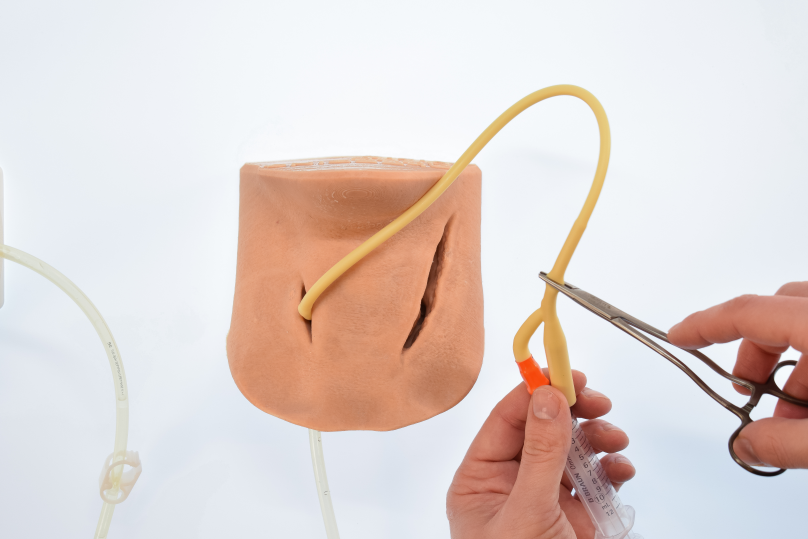What Research Tells Us About Effective Task Trainers
- Max

- Jun 23
- 2 min read

Task trainers are widely used to teach practical skills in healthcare, aviation, military, and technical fields. They allow learners to practise hands-on procedures safely and repeatedly, building competence without risking harm. But what makes a task trainer genuinely effective? Research consistently highlights three traits that matter most: feedback, functional realism, and adjustable difficulty.
Feedback: The Most Important Feature
Feedback helps learners understand whether they are performing a skill correctly. Without feedback, there is a high risk of practising mistakes. Learners may repeat poor technique without realising it. This is why feedback is widely recognised as the most important feature in simulation-based education.
"Providing feedback ... was the most important feature of simulation-based medical education." (Issenberg et al., 2005)
Feedback can come from the trainer itself. For example, an IV arm might show a flashback when a needle is inserted correctly, or a CPR manikin might display compression depth and rate in real time. Feedback can also come from the trainer's design, making it easy for instructors to observe and correct learner performance.
Immediate feedback helps learners correct errors quickly and reinforces good technique. When feedback is missing or delayed, learners are more likely to form bad habits that can be hard to fix later.
Functional Realism: How It Behaves Matters
Functional realism means that a trainer behaves like the real thing, even if it doesn't look exactly like it. The feel, resistance, and response should closely match real-life conditions.
"Physical resemblance can be reduced with minimal or no loss of educational effectiveness, provided there is appropriate correspondence between functional aspects of the simulator and the applied context." (Hamstra et al., 2014)
For example, in airway management training, the resistance of the tissue and the movement of the jaw should feel correct, even if the trainer's appearance is simple.
Functional realism is what makes practice valuable. It helps learners build muscle memory and hand-feel that transfer to real-world situations.
Adjustable Difficulty: Matching the Learner's Skill Level
A good task trainer should be able to grow with the learner. Adjustable difficulty allows instructors to start with simple scenarios and gradually introduce more complex challenges.
"Compared to constant practice, progressive practice resulted in a two-fold greater performance at an advanced task level." (Christiansen et al., 2020)
Adjustable difficulty keeps learners in the optimal challenge zone. Tasks that are too easy can lead to boredom, while tasks that are too hard can overwhelm. When trainers can scale the difficulty, learners stay engaged and develop skills in a step-by-step way.
In medical training, for example, instructors might begin with a straightforward airway and later introduce a swollen airway or obstructed view.
Summary
When choosing or designing a task trainer, educators should focus on three essential traits:
Feedback: Gives learners clear information about their performance.
Functional Realism: Ensures the trainer behaves like the real task.
Adjustable Difficulty: Allows progression from simple to complex challenges.
These are the features that research consistently shows make task trainers effective for building real, transferable skills.



Comments